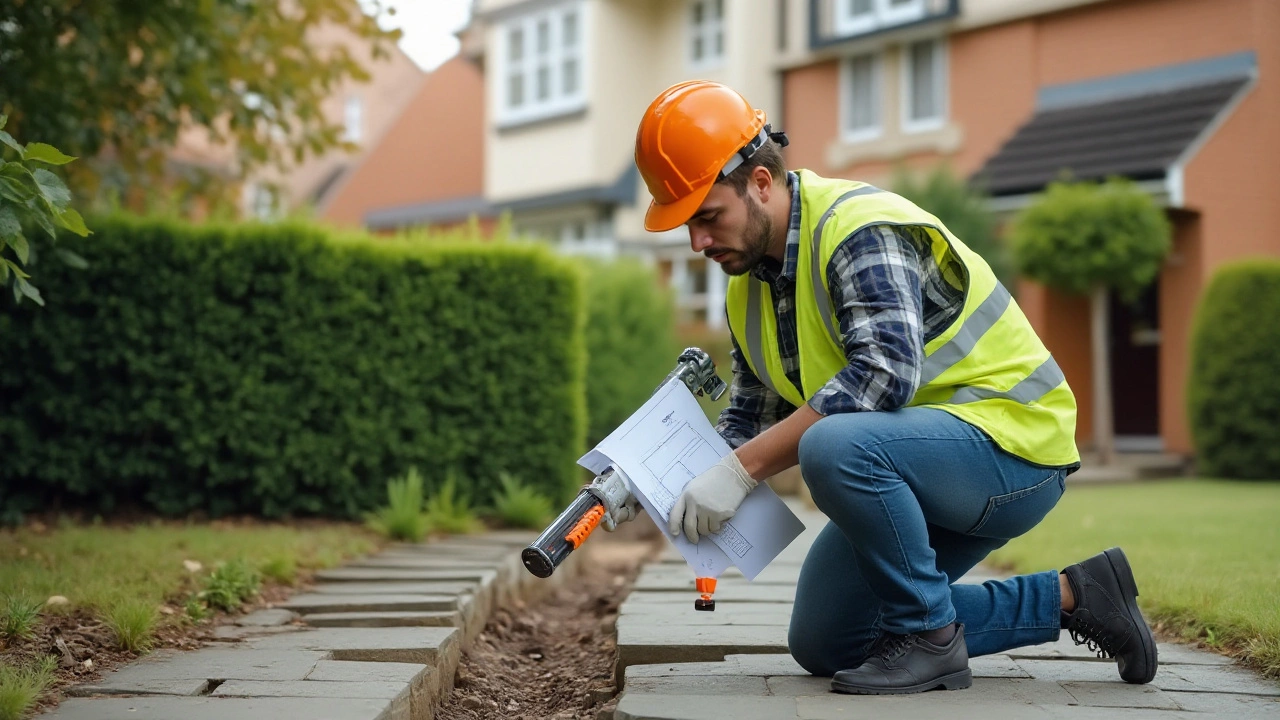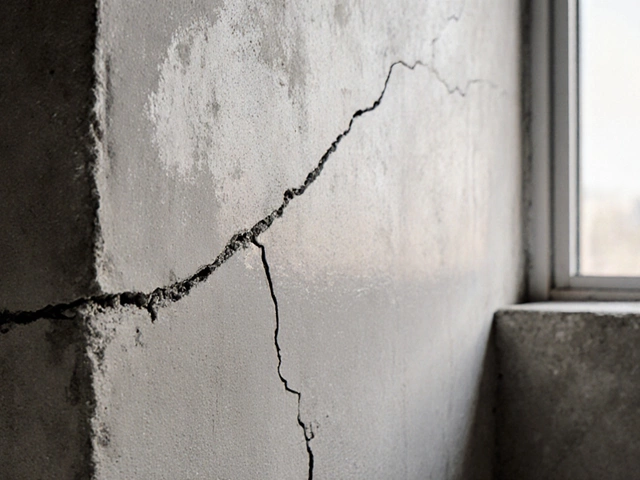Foundation cracks are more than just an eyesore; they can indicate serious structural issues that need immediate attention. The safety and longevity of a building depend on addressing these cracks efficiently. Different types of cracks call for different strategies, and knowing which method to use can save both resources and stress.
In our exploration of foundation crack repair, we dive into common methods and materials used to fix these issues. From traditional patching techniques to innovative solutions, ensuring your home remains on solid ground is crucial. It’s not just about fixing what's broken; it’s about preventing future problems.
This guide aims to demystify the repair process, providing you with practical tips and essential knowledge. Whether you’re a seasoned DIY enthusiast or prefer calling in the professionals, understanding the basics of foundation crack repair is invaluable.
- Understanding Foundation Cracks
- Common Repair Techniques
- Choosing the Right Method
- Preventive Maintenance Tips
Understanding Foundation Cracks
Not all cracks in a foundation are created equal, and having a foundational knowledge about them is key in tackling the repair process effectively. Foundation cracks can vary significantly in severity, size, and the type of threat they pose to the structure. Hairline cracks, for example, are often non-structural, mostly resulting from minor shrinkage as the concrete dries. These small fissures may not demand immediate attention but monitoring them over time is essential, as changes might indicate ongoing structural stress.
Unlike hairline cracks, larger cracks that measure a quarter-inch or wider often suggest more significant underlying issues. These can arise from several factors like ground movement, water erosion, or excessive weight loads. Cracks that zigzag through bricks indicate potential settling, while those running vertically or horizontally might point to different stress factors, each requiring distinct remedies. Understanding these differences is vital because incorrect assessments can lead to ineffective repairs, which could compromise the building's safety.
According to a report by the American Society of Civil Engineers, close to a third of all U.S. homes experience foundation issues at some point. The report highlights that proper initial assessment and understanding can prevent escalation into expensive repairs. The problem is compounded in regions with expansive soil, where clay-rich soil types expand and contract based on moisture levels, putting pressure on the foundations to an extent that cracking is nearly inevitable.
More serious cracks usually call for professional inspections. They might necessitate more invasive techniques such as underpinning or even partial rebuilding of affected sections. On the other hand, vertical cracks that do not change width might merely be cosmetic, albeit they still require probing to ensure they do not conceal deeper issues. Regular inspections add a layer of security, helping homeowners identify potential issues before they become costly disasters.
Moreover, environmental factors like seasonal changes impact the structural integrity of foundations. Freezing and thawing cycles, for example, are notorious for creating what is known as frost heave. This happens when the ground swells due to water freezing beneath the surface, leading to abrupt cracks. Homeowners in colder climates should be extra vigilant during autumn and spring, seasons when temperature fluctuations are pronounced.
In order to effectively manage these foundation issues, engaging with licensed professionals is recommended. Experts are equipped with the necessary tools and knowledge to diagnose the type of crack, assess its severity, and determine the best course of action. A foundation specialist can evaluate your home’s specific needs, consider external conditions, and provide recommendations tailored to preserving your home for decades.
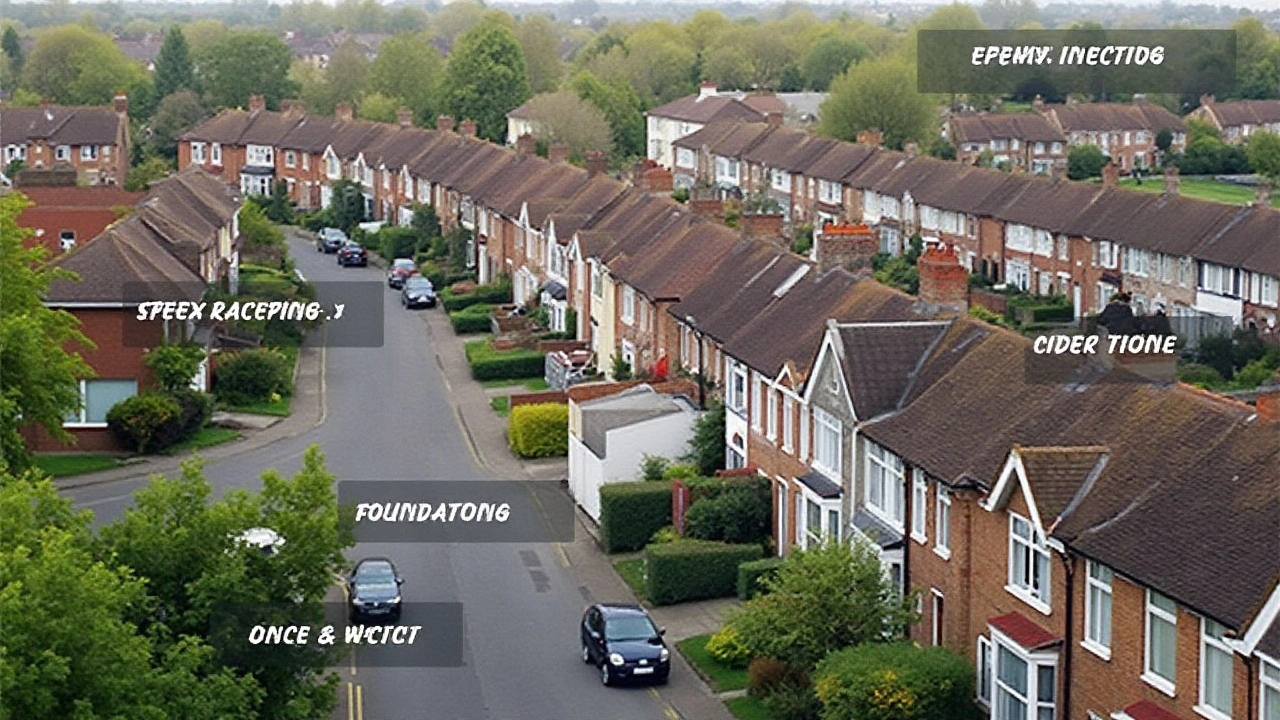
Common Repair Techniques
When it comes to addressing foundation repair, understanding the variety of techniques available can make a significant difference not only in the outcome but also in maintaining the structural integrity of your home. A foundational crack may look benign at first glance, but it's important to remember that small fissures can escalate into larger problems if left unattended. Thus, choosing the correct repair method is crucial. Let’s delve into some common and effective techniques used today.
One of the most traditional approaches is the use of epoxy injections. This method is particularly beneficial for narrow, non-seeping cracks that are vital structurally. Epoxy, a material known for its strong adhesive qualities, is injected under pressure into the cracks, bonding with the two sides to restore the original strength. This technique not only repairs the damage but can often strengthen the area beyond its original condition. It’s crucial to ensure the cracks are dry before proceeding, as moisture can prevent the epoxy from adhering properly.
For cracks that encounter water leakage, polyurethane injections are an often-preferred solution. Unlike epoxy, polyurethane has a flexible quality, making it suitable for dealing with the inevitable movement that occurs in home maintenance. Polyurethane reacts with moisture to expand, effectively sealing off any water entry points. It’s worth noting that while epoxy restores tensile strength, polyurethane prioritizes waterproofing, so the application depends on the environmental conditions faced by your building.
"Effective repair of foundation cracks requires selecting the right materials and methods," says Jim LaRue, a structural engineering consultant with over 30 years of experience in the field. "Epoxy and polyurethane injections are among the most reliable methods, providing long-lasting results. The key is understanding the nature of the crack and what's best for your specific situation."
For more extensive repairs, carbon fiber stitching is gaining popularity. This technique involves embedding carbon fiber strips across the cracks, which are then secured with epoxy. Carbon fiber is incredibly strong, lightweight, and does not corrode, offering a good solution for horizontal cracks that might indicate a greater structural issue. The materials are set into shallow cuts made into the surface and then filled with epoxy, creating a composite patch that integrates seamlessly with the rest of the foundation.
In some instances, contractors may employ underpinning or mudjacking to address foundational shifts causing cracks. Underpinning involves strengthening the foundation by extending it to more stable soil, usually through the insertion of piers deep into the ground. Mudjacking, also known as slab jacking, involves pumping a mixture of sand, cement, and water beneath the foundation to raise it to the desired level. Each technique requires careful evaluation by professionals to ensure the safety and stability of the structure.
Choosing the Best Technique for Your Needs
Understanding which method to employ can seem daunting, but focusing on the specifics of your property and its needs will guide you. If water infiltration is a concern, leaning towards methods like polyurethane sealing might be best. Conversely, if the cracks are impacting the structural soundness, epoxy or carbon fiber options could be more suitable. Always consult with an experienced contractor or structural engineer to assess the best approach for your specific needs. These professionals can provide insights and advice, ensuring your home remains safe and sound.
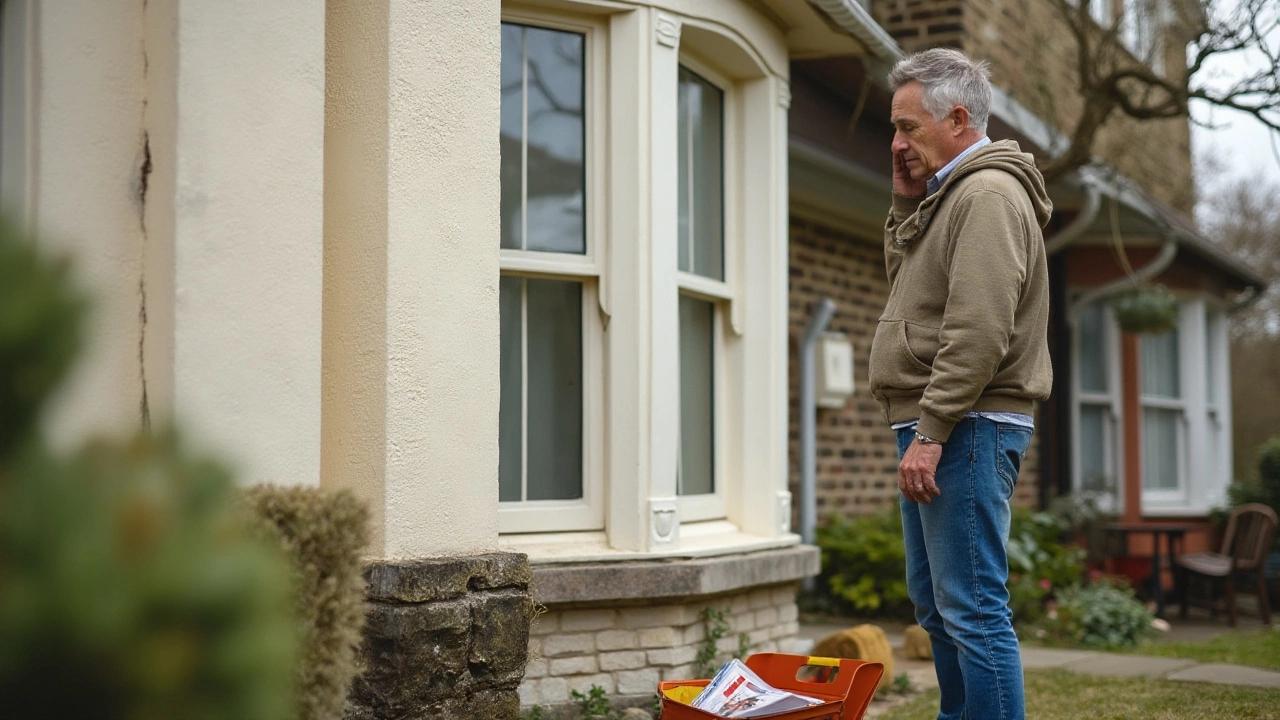
Choosing the Right Method
When it comes to foundation repair, selecting the appropriate method is as crucial as identifying the problem itself. The range of solutions is broad, reflecting the variety of issues that can arise when the very base of a home is compromised. One key consideration is the type of material from which your foundation is constructed. For instance, concrete, brick, and stone foundations may look similar at first glance but respond differently to environmental stressors and repair methods. Concrete, being the most common, typically reacts well to epoxy injection, a method prized for its strength and durability. However, this technique might not be suitable for historic stone foundations, which require more traditional approaches to preserve their integrity.
The severity and origin of the crack also play pivotal roles in determining the suitable method. Hairline cracks, surface level and often caused by shrinkage during the curing process of the concrete, may only require surface sealers or patching compounds. These cracks, while unsightly, aren't typically structural threats. On the other hand, if a crack extends deeper and is evidence of a foundation shift or settlement, it may necessitate more intensive measures such as underpinning or piering. Underpinning involves deep foundation strengthening, anchoring the structure to more stable soil layers below, which is a reliable option for significant structural compromise.
Professional Assessment
In many cases, it’s advisable to seek a professional inspection to better understand what repair method suits your specific situation. An experienced contractor can provide invaluable insights by deploying diagnostic tools like laser levels and ultrasound devices, which can detect shifts invisible to the naked eye. They can also assess environmental factors, such as nearby water sources or soil composition, which might be affecting the foundation's stability. With their guidance, you can choose a method that not only fixes the current problem but safeguards the home against future issues.
"Understanding the geology and soil conditions around your property is paramount," says Jane Brighton, a structural engineer with over two decades of experience. "What works for one foundation might not be the answer for another. It’s about blending science with sensitivity."
Cost-efficiency is another important factor to weigh when deciding on a repair method. While more intensive methods such as steel piers or carbon fiber patches offer robust solutions, they are also among the most expensive. It might be tempting to opt for a quick fix, especially if you're pressed for time or budget. However, it's essential to remember that improperly addressing foundation issues could lead to more severe problems down the line, impacting not only your wallet but also the structural integrity of your entire home. Comprehensive repairs, although pricier upfront, may save substantially on future repairs.
Available Methods and Considerations
Let's take a closer look at some of the most common foundation repair strategies and their specific applications.
- Sealing and Patching: Ideal for non-structural cracks, these methods utilize materials such as hydraulic cement or sealant to fill and seal gaps.
- Epoxy Injections: Best for small, vertical cracks in walls, this method adheres tightly and bonds the concrete cracks.
- Underpinning: Suitable for subsidence issues, where the load-bearing capacity of the foundation needs enhancement.
- Helical Piers: Effective for foundation shifts and settlements, offering support by anchoring structures firmly into more stable grounds.
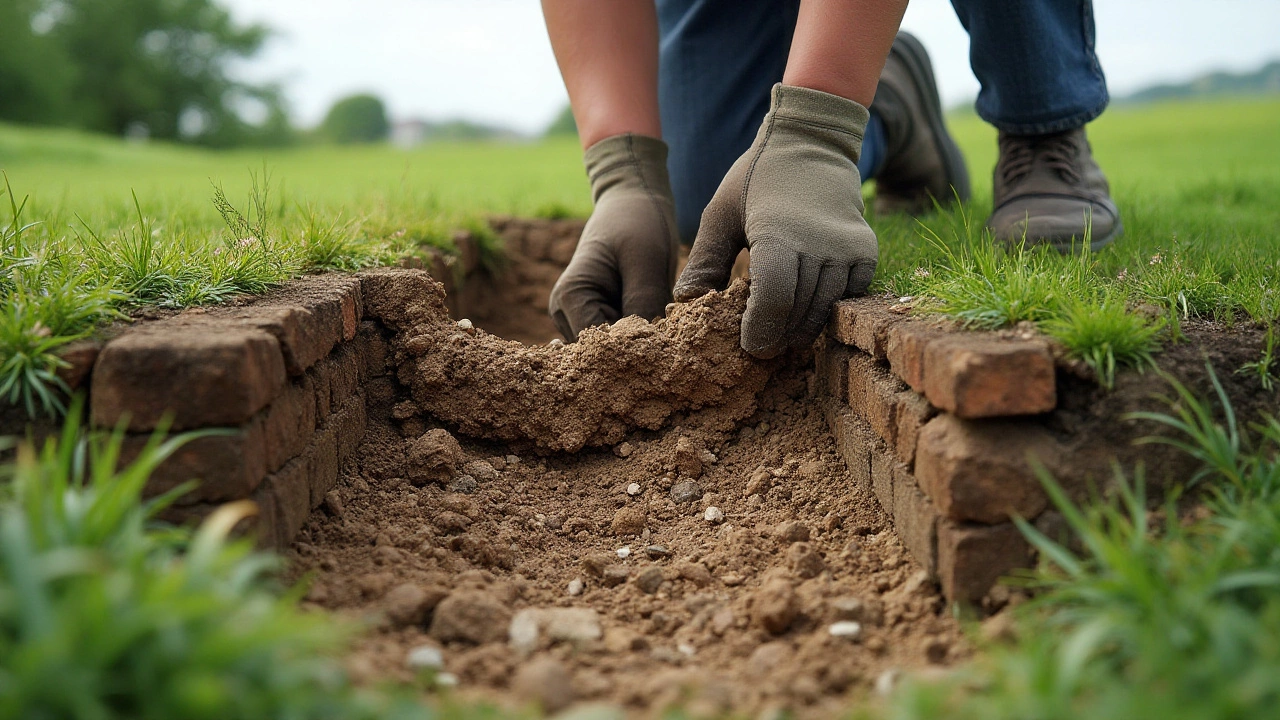
Preventive Maintenance Tips
Preventing foundation cracks is a wise investment that not only safeguards your home's structural integrity but also saves money in the long term. Often the simplest measures can make significant differences. First off, maintaining consistent moisture around the foundation is crucial. Seasonally, as weather shifts from wet to dry, soil can contract and expand, leading to pressure imbalances on the foundation. It's important to ensure that the drainage systems, such as gutters and downspouts, are properly directing water away from your home. Investing in these systems means less chance for water accumulation that could lead to cracks.
Plant placement is another factor that cannot be overlooked. Trees and large shrubs with extensive root systems can disrupt the soil foundation balance. A good rule of thumb is to plant trees at least as far from the house as their mature height. As these plants grow, their roots spread out in search of nutrients and water, potentially disturbing soil near the home. Opt for low-water garden designs or xeriscaping techniques to reduce the need for excessive watering, which can seep into the foundation soil causing issues as mentioned above.
Regular inspections for tiny hairline cracks, which might be overlooked, should become a habit. Make it a point to inspect both the interior and exterior of the foundation at least once a year. If any small cracks are found, they should be monitored for changes in size or shape. A reliable method is to mark the end of a crack with a pencil and date it, allowing for easy tracking of changes over time. Immediate sealing can prevent them from expanding into larger problems. A straightforward sealing agent, readily available at local hardware stores, can be applied as a preventive measure.
Temperature fluctuations should also be monitored. Sudden temperature changes can be addressed by insulating the foundation and basement area. For older houses, retrofitting may be necessary. Insulating not only mitigates temperature impacts but also adds an energy efficiency bonus, reducing unnecessary heating and cooling costs. Interestingly, according to a study by the Concrete Foundations Association, homes with insulated foundations can sometimes experience up to a 25% reduction in heating requirements during the winter months.
For those living in areas prone to significant rainfall, the proactive installation of a sump pump may be advisable. A sump pump efficiently directs accumulated water away from the foundation, reducing long-standing water pressure against basement walls. An unexpected quote from the American Society of Home Inspectors highlights, "Preventive foundation care is as crucial as routine health checkups. Ignoring minor symptoms can lead to significant health issues." Consider it an ongoing maintenance regime. Finally, maintaining effective communication with professional inspectors can be highly beneficial. They can often spot minute issues that an untrained eye may overlook, offering peace of mind that no early warning signs go unnoticed.
